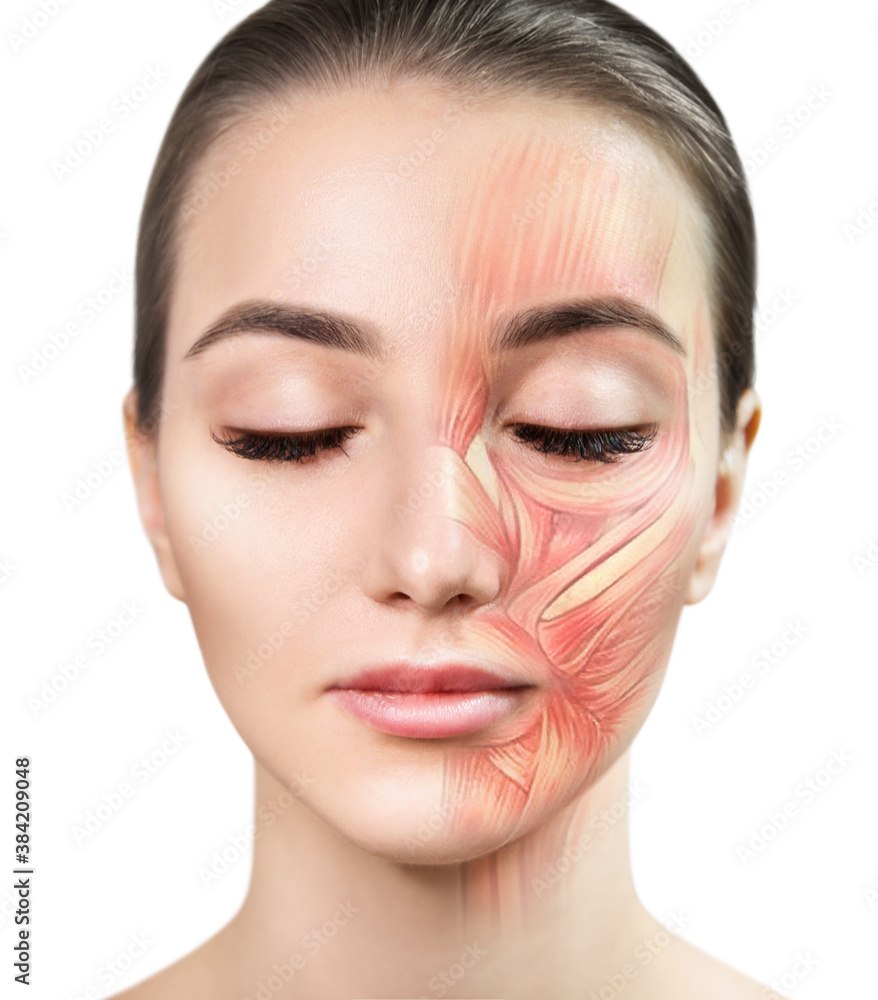
Overview
A degree in Anatomy and Physiology Level 3 provides an in-depth understanding of the structure and function of the human body. This qualification is crucial for individuals pursuing careers in healthcare, fitness, sports science, and other related fields. It equips students with the foundational knowledge necessary to understand how the body works, responds to various stimuli, and recovers from injury or illness.
Benefits of Obtaining a Degree in Anatomy and Physiology Level 3
Conclusion
Obtaining a degree in Anatomy and Physiology Level 3 is a valuable investment for anyone looking to advance their career in healthcare, fitness, or related fields. It provides a thorough understanding of the human body, enhances professional skills, opens up diverse career opportunities, and lays the groundwork for further education and specialization. With this qualification, you can deliver better client care, comply with industry standards, and contribute to the health and well-being of individuals and communities.
The Anatomy & Physiology (Level 3) online training course provides an in-depth understanding of the human body’s structure and functions. It is designed for students who are pursuing careers in healthcare, fitness, sports science, or any field that requires a solid foundation in human biology. This comprehensive course covers key anatomical and physiological concepts, systems of the body, and their interrelationships, preparing students for advanced studies or professional practice.
By the end of this course, students will:
Embarking on this Anatomy & Physiology (Level 3) online training course is a step towards a rewarding and informed career in health and science. Enjoy the flexibility and depth of self-paced learning, ensuring a thorough understanding of the human body at your convenience.
